I've got a scatter plot with a horizontal and a vertical line, which depict thresholds values, and therefore they divide the plot into four quadrants. I'd like to label the quadrants. I think the best way to do this would be a number in each of the four corners of the graph (alternative suggestions are welcome!).
I've managed to put a text into the corner of each quadrant, but the positions are not perfect. I assume that the problem has to do with the fact that the scaling of the axes is different (the range of values is about the same, but the width of my figure is about three times the height).
Currently I proceed the following way. First I create the graph with the points and the two lines, then I build it in order to get the range of the two axes, which I use in order to adjust the position of the texts.
plot.build = ggplot_build(plot)
xpos = numeric(4)
xpos[2] = xpos[3] = plot.build$panel$ranges[[1]]$x.range[1]
xpos[1] = xpos[4] = plot.build$panel$ranges[[1]]$x.range[2]
ypos = numeric(4)
ypos[1] = ypos[2] = plot.build$panel$ranges[[1]]$y.range[2]
ypos[3] = ypos[4] = plot.build$panel$ranges[[1]]$y.range[1]
plot = plot + geom_text(aes(x2,y2,label = texthere),
data.frame(x2=xpos, y2=ypos, texthere=c("1", "2", "3", "4")),
color="#4daf4a", size=4)
Basically this works, but due to the scaling the space between the numbers and the borders of the plot are not the same for both axes. I've tried to adjust the x position of the text, but then ggplot just expands the range of values, the positions (relative to the borders) stay the same. Is there a way to move the text without changing the range of values?
Thanks in advance!




